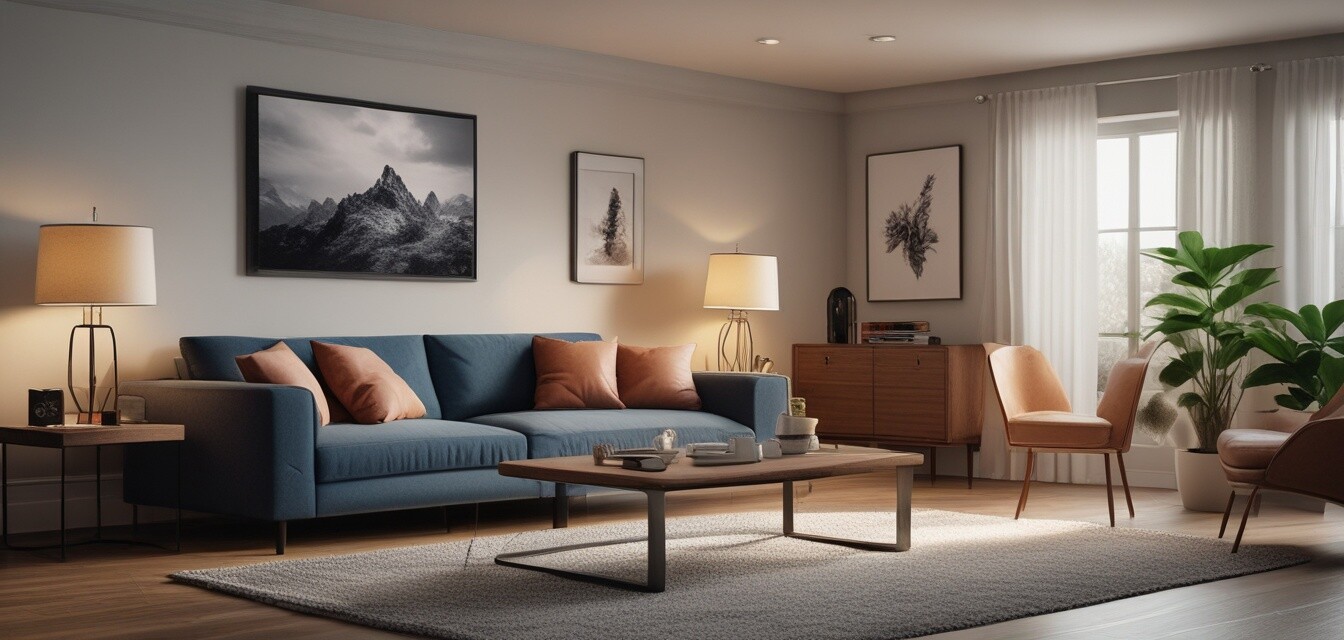
Implementing Smart Home Solutions for Better Aging in Place
Key Takeaways
- Smart home gadgets can significantly enhance safety and comfort for seniors.
- Choosing the right devices is essential for maximizing benefits.
- Installation and integration should be user-friendly.
- Regular updates and maintenance help maintain device effectiveness.
- It's important to consider privacy and security when using technology.
Aging in place is a growing priority for many seniors and their caregivers. Technology offers practical solutions to enhance safety and comfort, making it easier for seniors to live independently at home. In this article, we will explore various smart home solutions that support aging in place, along with tips for effective implementation.
Understanding Smart Home Solutions
Smart home solutions can range from simple devices like smart lights to more complex systems that monitor health and security. Let's break down how these gadgets can be beneficial:
- Connected Home Assistants: Help in managing daily tasks and can be voice-activated for ease of use.
- Health Monitoring Devices: These can track vital signs and send alerts if something is amiss.
- Home Security Solutions: Provide peace of mind through surveillance systems and alarms.
- Smart Lighting Systems: Enable easy control over lighting presence and ambiance.
- Smart Entertainment Systems: Enhance leisure time with easy access to music, movies, and other forms of entertainment.
Tips for Implementing Smart Home Solutions
Getting Started
Implementing smart home solutions can seem daunting, but following these steps can help ease the process:
- Assess Individual Needs: Determine what aspects of daily living need support. Review tips and advice for identifying needs.
- Research Available Devices: Look up various smart home devices that fit the needs assessed. Consider home security solutions for added safety.
- Choose User-Friendly Options: Opt for devices that are easy to install and operate.
- Consider Integration: Ensure that devices can be smoothly integrated with one another for convenience.
- Prioritize Security: Implement measures to protect personal information while using gadgets.
- Seek Support: Don’t hesitate to reach out to family members or professional services for help with installation and setup.
Creating a Seamless Smart Home Environment
Once you have the necessary devices, creating a cohesive environment is crucial. Here’s how to ensure everything runs smoothly:
- Set Up a Central Control System: Using a single app or device to control all smart gadgets simplifies the process.
- Establish Routines: Programs like scheduled lighting or reminders can help seniors maintain their daily activities.
- Test Devices Regularly: Ensure everything is functioning as intended to avoid unexpected failures.
Understanding the Pros and Cons
Pros
- Enhanced safety through monitoring and alerts.
- Improved convenience with voice control and automation.
- Increased independence for seniors.
- Ability to easily connect with family members for support.
Cons
- Initial setup may require technical know-how.
- Some devices may have recurring costs.
- Privacy concerns with data collection.
- Reliance on Wi-Fi or broadband connectivity.
Maintaining Your Smart Home Gadgets
To ensure longevity and optimal performance of your smart devices, regular maintenance is essential:
- Software Updates: Keep devices updated to benefit from improvements and new features.
- Routine Checks: Make sure all components are functioning properly on a regular basis.
- Clean Devices: Keep devices dust-free and ensure cameras and microphones are unobstructed.
Conclusion
Implementing smart home solutions can create an environment that makes aging in place not only possible but enjoyable. By considering the individual needs of seniors and applying the tips outlined in this guide, families and caregivers can facilitate a smoother transition into the world of smart technology. Investing time in research, setup, and maintenance will lead to safer and more independent living for seniors.